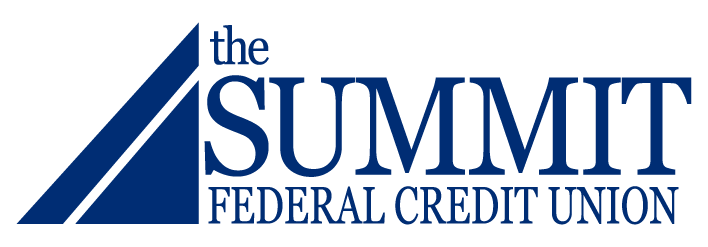March 9, 2022
Categories: Education & Security, Financial Planning, Home Ownership

By Dawn Kellogg
What is a Home Equity Line of Credit? And who/what is it good for?
A home equity line of credit, or HELOC, is a type of home equity loan – basically, a second mortgage. It allows you to draw funds as you need them and repay the money at a variable interest rate. Much like a credit card that allows you to borrow against your spending limit as often as needed, a HELOC gives you flexibility to borrow against your home equity, then repay and repeat.
HELOCs are great for people who are planning home improvement projects, have a large expense, want to consolidate a loan, or who need more time to pay down an existing debt. HELOCs generally have lower interest rates than home equity loans or personal loans, and the interest may be tax deductible (check with your tax advisor). However, you do need to have a high credit score, a low debt-to-income ratio and available equity in your home (the amount you owe on your home must be less than the value of the home).
You can also get a HELOC if you own your home outright. In this case, the HELOC would become the primary mortgage, rather than a second one.
How does a HELOC work?
With a HELOC, you are borrowing against the available equity in your home and the house is used as collateral for the line of credit. At The Summit, you can generally borrow up to 95% of the value of your home, subtracting the amount that you owe. Just as when you first got your mortgage, a HELOC lender will review your credit score and history, employment history, monthly income, and monthly debts.
With a variable interest rate on your HELOC, the rate can change monthly. The rate is calculated from an index (a financial indicator used by financial institutions to set rates on consumer loan products) and a margin (added to the index, the margin is the same throughout the life of the line of credit.)
Paying back your HELOC
As you withdraw money from your HELOC, you’ll receive monthly bills with the minimum payments that include principal and interest. Payments may change based on your balance and the fluctuation of the interest rate and may also change if you make additional principal payments. Making additional principal payments when you can, will help you save on the interest you are charged and help reduce your overall debt more quickly.
A HELOC has two phases: the draw period and the repayment period.
As you repay your outstanding balance, the amount of available credit is replenished – much like a credit card. This means you can borrow against it again if you need to and you can borrow as little or as much as you need throughout your draw period (typically 10 years) up to the credit limit you establish at closing. Monthly minimum payments are often interest only during this time, but you can pay the principal if you wish.
At the end of the draw period, the repayment period (typically 15 to 20 years) starts. You won’t be able to borrow against the credit line during this time. You will pay back the loan in monthly installments that include principal and interest.
At the end of the loan, you could owe a large amount – or “balloon payment” which includes any unpaid principal. Your lender may consider negotiating a term extension or refinance option if you can’t afford the lump sum payment.
What’s the difference between a Home Equity Loan and a Home Equity Line of Credit?
A home equity loan works like a conventional loan, with a lump-sum withdrawal to be paid back in installments. Home Equity Loans usually come with a fixed interest rate.
A HELOC generally has a variable interest rate and acts like a revolving line of credit, letting you tap into your home’s value in the amount you need as you need it. As with a credit card, you only pay interest on the amount you use, not the total credit line available to borrow.
The Summit’s knowledgeable and friendly Mortgage Department can help you find out which one is right for you.
Helpful HELOC Tips:
Ask your lender if there are any fees associated with your HELOC. There may be upfront fees (application fee, annual fee, cancellation, or early closure fee, etc.). The Summit’s HELOCs don’t have any application fees, or annual fees.
Don’t assume that the price you paid at closing is what your home is worth. Your lending may ask for an appraisal to confirm the value of your home. If home prices in your area have appreciated since you have owned your home, you’ll have more equity (the difference between the property’s higher value and the amount remaining on your mortgage will be larger).
If you plan on moving soon, a HELOC might not be a good option for you. When you sell your home, you’ll have to pay off the balance of the HELOC. Paying off the HELOC could cut into the profits of the sale, and you might have to pay a cancellation fee to the lender.
The Summit makes it easy to apply for a HELOC!
Apply before June 30 and get an introductory rate of 3.95% for 6 months (fixed rate), after that, rates as low as 8.25%.
Click here to apply online, set up an appointment at your nearest branch, or click here to schedule a Zoom appointment with our Virtual Branch. The Summit’s website contains a helpful loan calculator to determine your payment options or how much you can afford to finance.
Updated April 13, 2024
